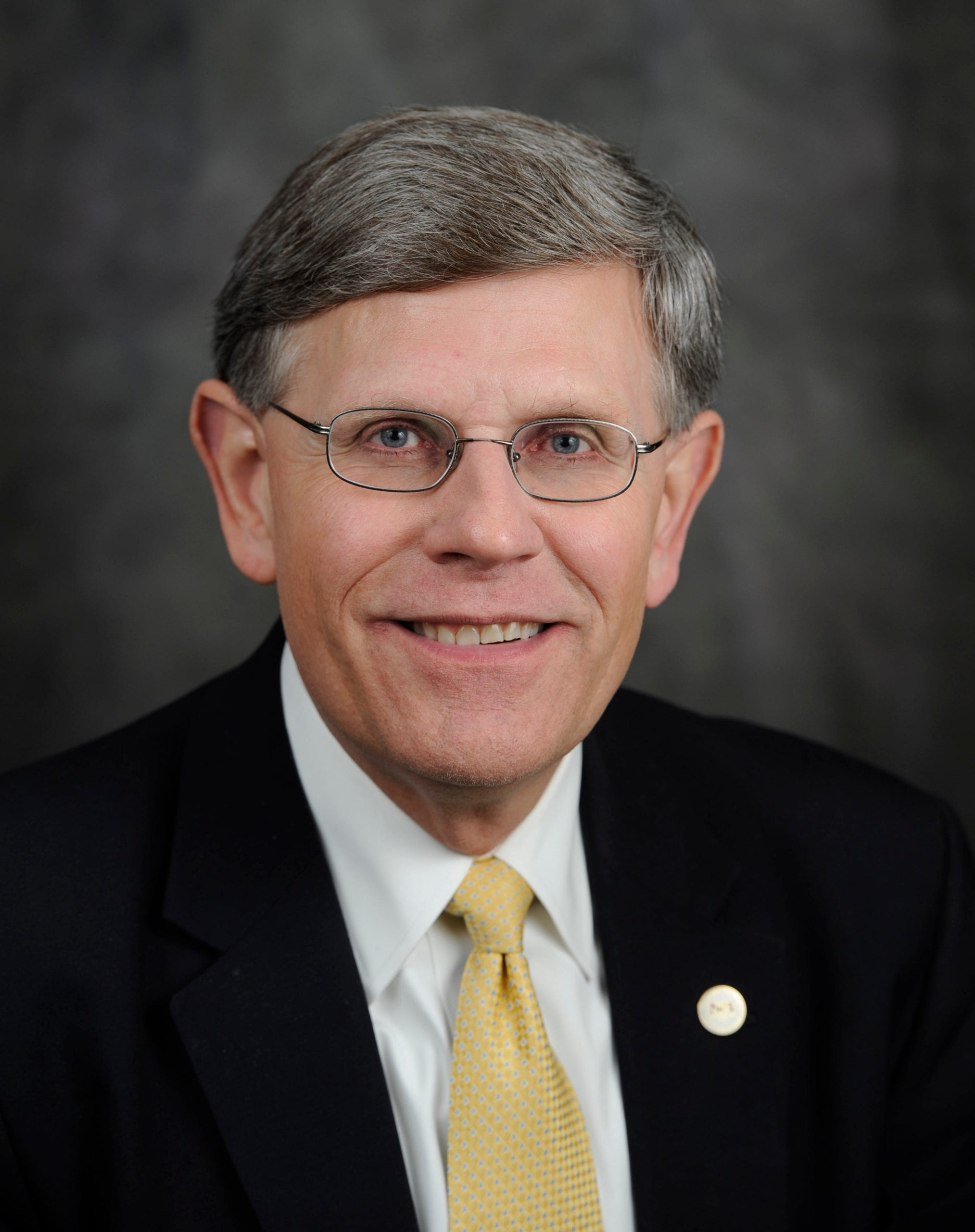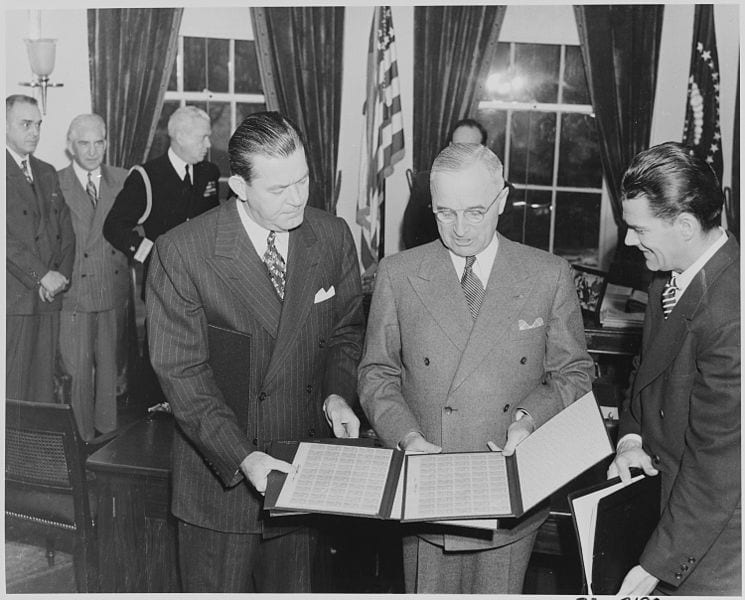
Kelvin Droegemeier– you may be wondering why the internet has suddenly exploded with information about this man. Dr. Droegemeier was recently appointed to the prestigious position of Director of the Office of Science Technology and Policy (OSTP) under the Trump Administration. As OSTP Director (otherwise known as the President's Science Advisor), Dr. Droegemeier will be the President's main man for everything science.
The history of the President's Science Advisor is tumultuous (perhaps even daytime TV worthy). Here we take a closer look at the evolution of science policy in the United States, how science advising has helped shaped the nation as we know it today, and some ways Dr. Droegemeier may shape science policy in the future.
The Birth and Evolution of the President's Science Advisor

Science policy in the United States dates as far back as 1951, when President Harry S. Truman established the Science Advisory Committee (SAC) as part of the Office of Defense Mobilization. He wanted to create a department that could advise the President on matters of general science and those related to defense (aka nuclear weapons).
Dwight D. Eisenhower upgraded this office to the President's Science Advisory Committee (PSAC) in 1957 in response to the Soviet launch of Sputniks 1 and 2. Reports of the newly formed PSAC detailed nuclear arms defense strategies, including Mutually Assured Destruction (aka if we bomb Russia, they will bomb us back, and we could destroy the Earth). Additionally, this office overhauled science education in the U.S., promoted space exploration, and was the first to report the potential risks of elevated levels of atmospheric carbon dioxide in 1965.

Unfortunately, the PSAC was disbanded by President Richard Nixon in 1973, following his science advisor's resignation. Rather than appointing a new advisor, Nixon nixed the program. Luckily, Congress re-established the organization in 1976 under President Gerald Ford as the Office of Science Technology Policy (OSTP) that we know today. The new OSTP was designed to educate the President and Executive Office on the effects of science and technology on domestic and international affairs. This role quickly expanded to include collaborating with other public and private sector parties to implement sound science and technology policies. Additionally, the OSTP grew to assist the Office of Management and Budget by reviewing Federal research and development budgets, which is critical since many research scientists operate solely off of federal grants from agencies such as the NSF, and NIH.
However, advice from science advisors in the White House has forged not only some the nation's biggest successes, but also, it's failures. One of the biggest controversies was during President Reagan's era, when his science advisor heavily advocated for the doomed Strategic Defense Initiative, despite warnings from the scientific community about its infeasibility. The President supported the failing program, all the while remaining completely silent about the growing AIDS crisis. While the President did later launch the “war on AIDS†earlier intervention could have potentially saved thousands of lives.
OSTP Today
In recent years, the OSTP has been critical in advising the President on developing topics, including global warming, the Ebola outbreak, HIV, and the emergence of Zika virus. However, under the Trump administration, OSTP staff was cut from 135 to 45 people, and the position of director sat vacant for 19 months to follow, the longest the position has been vacant since the Nixon era.
Thankfully, the recent nominee for OSTP director, meteorologist Kelvin Droegemeier, who has years of hard science and policy experience, seems like a great choice to continue the legacy of science advising in the U.S. As a scientist, Droegemeier's research resulted in the development of the world's first atmospheric computer model, giving meteorologists the ability to accurately predict thunderstorms hours in advance (so if Jim Cantore says there's a thunderstorm heading your way, listen close). Additionally, Droegemeier honed his policy skills by serving on the National Science Board, setting policies for the NSF under both the Bush and Obama administrations. Given the current administration has thus far marginalized the scientific community (and made major strides in dismantling climate change legislation), having a science advisor well versed in climate biology will be critical in establishing these new policies. With a clear devotion to science, and policy experience as well, meteorologist Kelvin Droegemeier's appointment should cause scientists to breathe a sigh of relief.
Let's hear your advice Dr. Droegemeier; we're all listening.
Featured image credit courtesy of Wikimedia Commons.

About the Author
- athenssciencecafehttps://athensscienceobserver.com/author/athenssciencecafe/April 17, 2020
- athenssciencecafehttps://athensscienceobserver.com/author/athenssciencecafe/April 12, 2020
- athenssciencecafehttps://athensscienceobserver.com/author/athenssciencecafe/April 3, 2020
- athenssciencecafehttps://athensscienceobserver.com/author/athenssciencecafe/March 30, 2020







